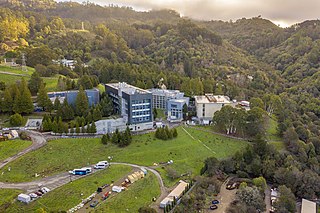
Lawrence Berkeley National Laboratory (LBNL) is a federally funded research and development center in the hills of Berkeley, California, United States. Established in 1931 by the University of California (UC), the laboratory is sponsored by the United States Department of Energy and administered by the UC system. Ernest Lawrence, who won the Nobel prize for inventing the cyclotron, founded the Lab and served as its Director until his death in 1958. Located in the Berkeley Hills, the lab overlooks the campus of the University of California, Berkeley.

Argonne National Laboratory is a federally funded research and development center in Lemont, Illinois, United States. Founded in 1946, the laboratory is owned by the United States Department of Energy and administered by UChicago Argonne LLC of the University of Chicago. The facility is the largest national laboratory in the Midwest.
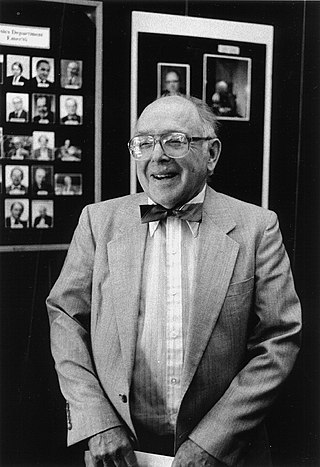
Clifford Glenwood Shull was a Nobel Prize-winning American physicist.

The United States Department of Energy National Laboratories and Technology Centers is a system of laboratories overseen by the United States Department of Energy (DOE) for scientific and technological research. The primary mission of the DOE national laboratories is to conduct research and development (R&D) addressing national priorities: energy and climate, the environment, national security, and health. Sixteen of the seventeen DOE national laboratories are federally funded research and development centers administered, managed, operated and staffed by private-sector organizations under management and operating (M&O) contracts with the DOE.

Armand Paul Alivisatos is an American chemist and academic administrator who has served as the 14th president of the University of Chicago since September 2021. He is a pioneer in nanomaterials development and an authority on the fabrication of nanocrystals and their use in biomedical and renewable energy applications. He was ranked fifth among the world's top 100 chemists for the period 2000–2010 in the list released by Thomson Reuters.
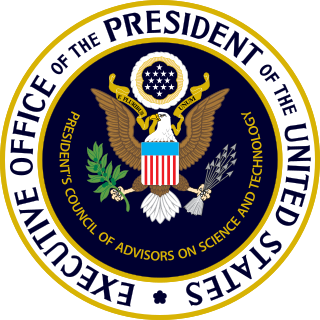
The President's Council of Advisors on Science and Technology (PCAST) is a council, chartered in each administration with a broad mandate to advise the president of the United States on science and technology. The current PCAST was established by Executive Order 13226 on September 30, 2001, by George W. Bush, was re-chartered by Barack Obama's April 21, 2010, Executive Order 13539, by Donald Trump's October 22, 2019, Executive Order 13895, and by Joe Biden's February 1, 2021, Executive Order 14007.
The Carnegie Institution of Washington, known also for public purposes as the Carnegie Institution for Science (CIS), is an organization in the United States established to fund and perform scientific research. The institution is headquartered in Washington, D.C. As of June 30, 2020, the Institution's endowment was valued at $926.9 million. In 2018 the expenses for scientific programs and administration were $96.6 million. Eric Isaacs is president of the institution.

Peter Brent Littlewood is a British physicist and Professor of Physics at the University of Chicago. He was the 12th Director of Argonne National Laboratory. He previously headed the Cavendish Laboratory as well as the Theory of Condensed Matter group and the Theoretical Physics Research department at Bell Laboratories. Littlewood serves as the founding chair of the board of trustees of the Faraday Institution.
The IEEE Eric E. Sumner Award is a Technical Field Award of the IEEE. It was established by the IEEE board of directors in 1995. It may be presented annually, to an individual or a team of not more than three people, for outstanding contributions to communications technology. It is named in honor of Eric E. Sumner, 1991 IEEE President.

Robert Louis Byer is a physicist. He was president of the Optical Society of America in 1994 and of the American Physical Society in 2012.

Solomon J. Buchsbaum was a Polish American physicist and technologist, best known as chair of the White House Science Council under Presidents Ronald Reagan and George H. W. Bush, and as a senior executive at Bell Laboratories.

Timothy D. Sands is an American materials engineer, researcher and the 16th president of Virginia Tech. Sands previously served as the acting president and as the provost of Purdue University.
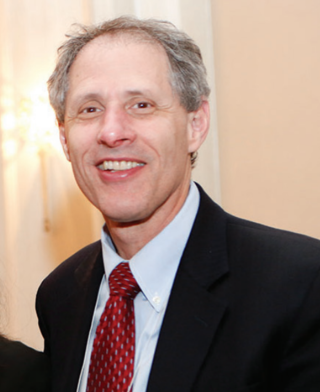
Thomas Felix Rosenbaum is an American condensed matter physicist, professor of physics, and the current president of the California Institute of Technology (Caltech). Previously, Rosenbaum served as a faculty member and Provost of the University of Chicago. He has also served as the vice president for research at Argonne National Laboratory.

Philip H. Bucksbaum is an American atomic physicist, the Marguerite Blake Wilbur Professor in Natural Science in the Departments of Physics, Applied Physics, and Photon Science at Stanford University and the SLAC National Accelerator Laboratory. He also directs the Stanford PULSE Institute.
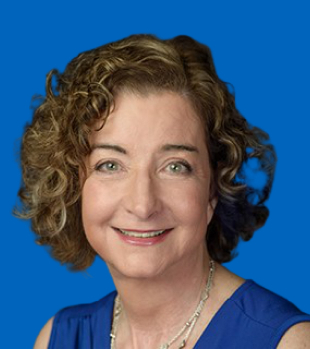
Laura H. Greene is the Marie Krafft Professor of Physics at Florida State University and chief scientist at the National High Magnetic Field Laboratory. She was previously a professor of physics at the University of Illinois at Urbana-Champaign. In September 2021, she was appointed to the President's Council of Advisors on Science and Technology (PCAST).

Juan J. de Pablo is a chemical engineer, Liew Family professor in the Pritzker School of Molecular Engineering at the University of Chicago and senior scientist at Argonne National Laboratory. In 2018, he was appointed Vice President for National Laboratories at the University of Chicago, a title which later expanded to include Science Strategy, Innovation and Global Initiatives in 2020. As of 2021, he is Executive Vice President for Science, Innovation, National Laboratories and Global Initiatives at the University of Chicago. He is known for his research on the thermophysical properties of soft materials. He is currently the co-director of the NIST supported Center for Hierarchical Materials Design (CHIMaD). and former director of the UW-Madison Materials Research Science and Engineering Center (MRSEC). He was elected a member of the National Academy of Sciences in 2022.
Stephen E. Nagler is a Canadian condensed matter and materials science physicist. Nagler is the Corporate Research Fellow of the Oak Ridge National Laboratory (ORNL) and the Director of the laboratory's Quantum Condensed Matter Division. He is an adjunct professor with the Department of Physics at the University of Tennessee.
Elizabeth J. (Betsy) Beise is a Professor of Physics and Associate Provost at the University of Maryland, College Park. She works on quantum chromodynamics, nucleon structure and fundamental symmetries.
Karen Irene Winey is an American materials scientist and chair of the University of Pennsylvania department of materials science and engineering.
Paul Henry Fuoss is an American physicist who specializes in the study of X-ray scattering and their application to materials' physics.














